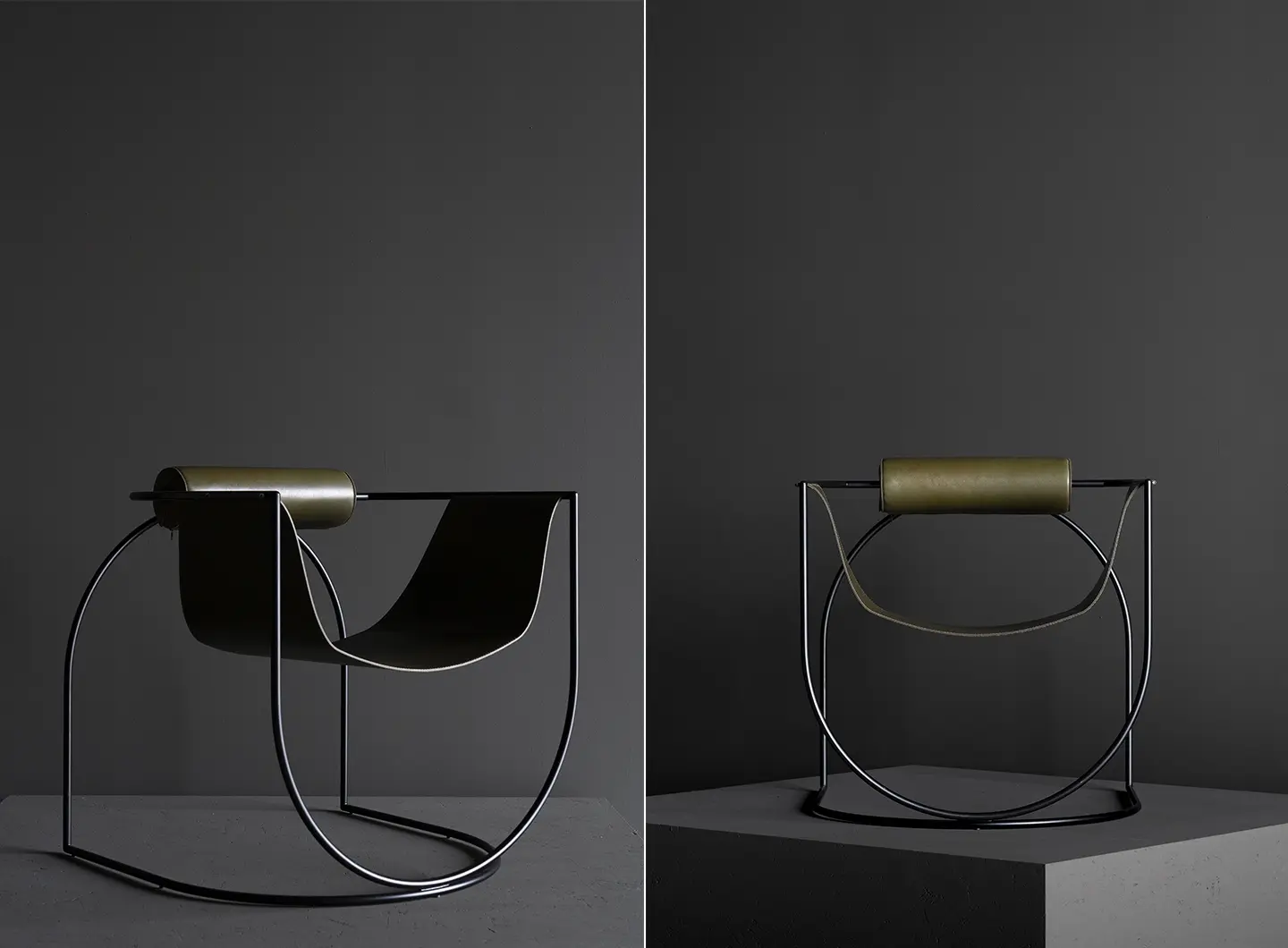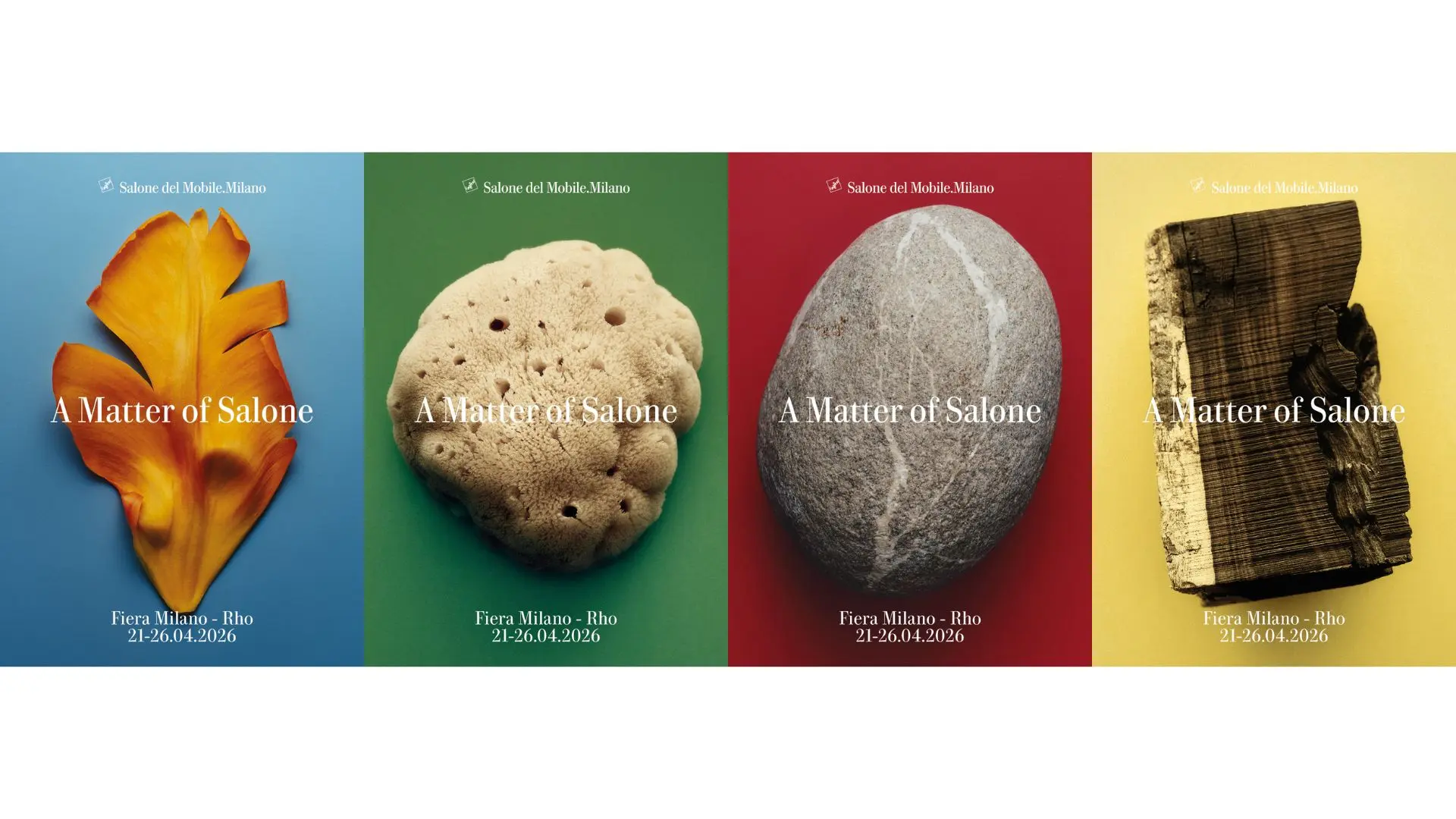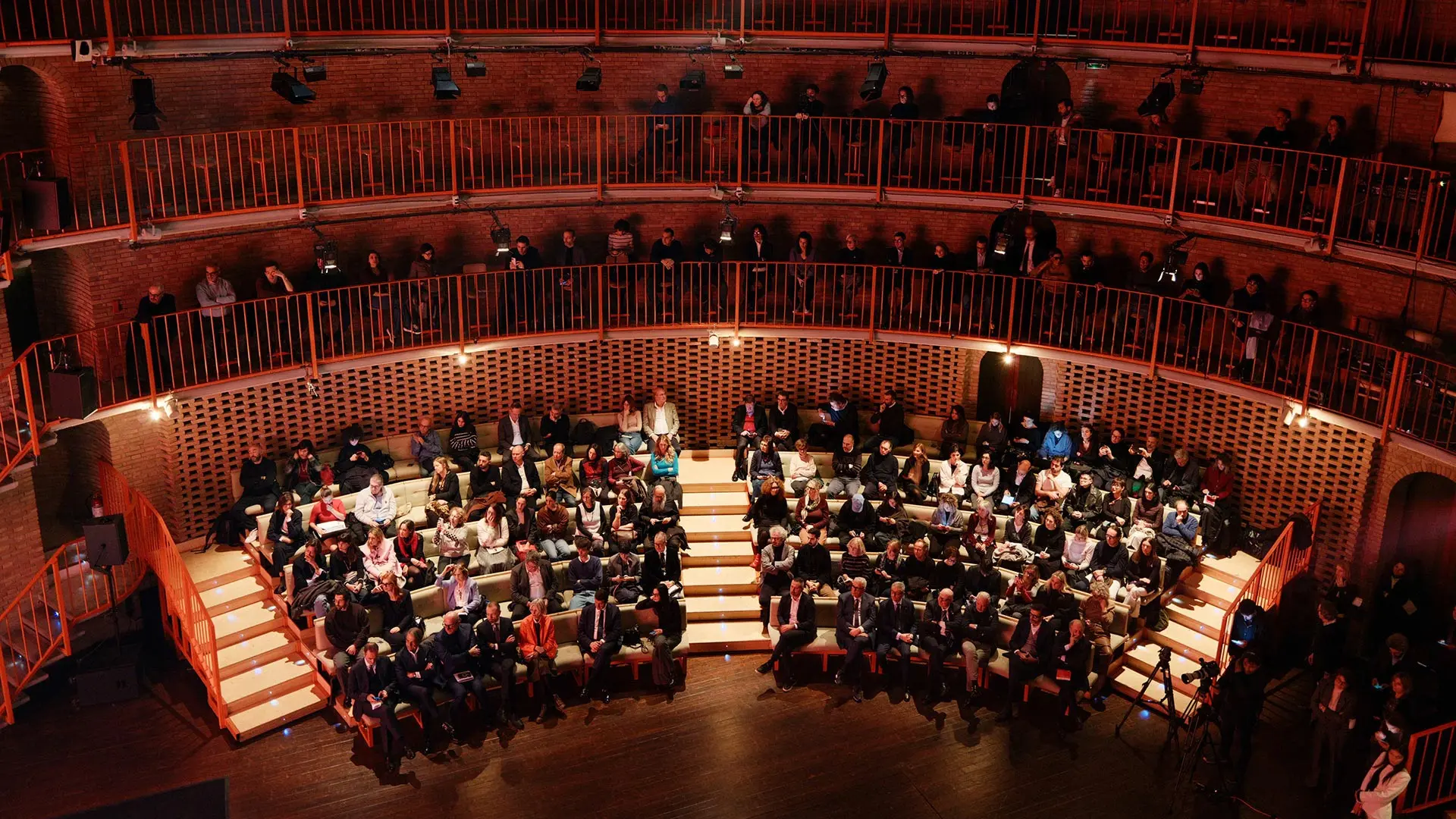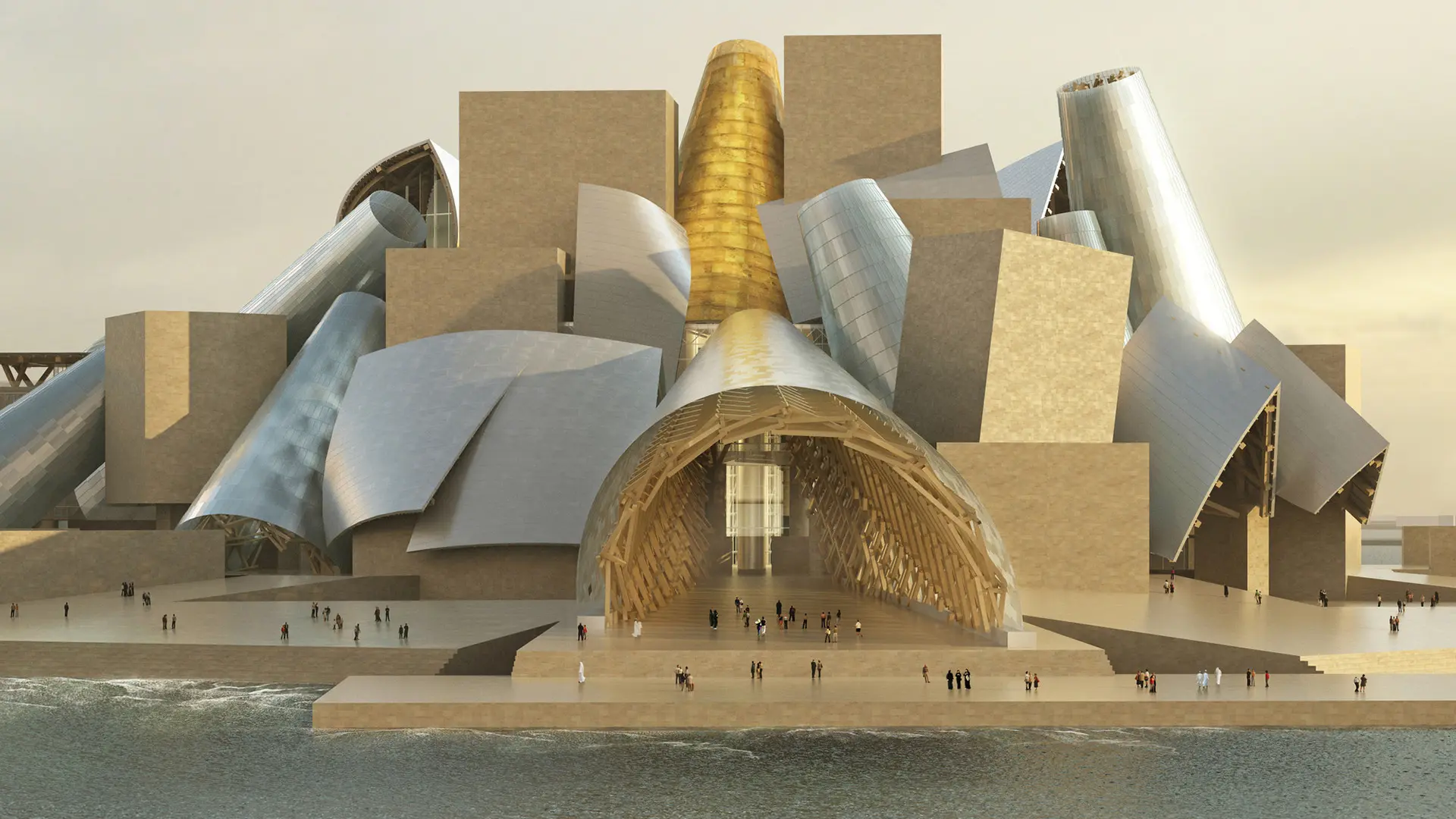From BIG to David Chipperfield, Frank Gehry to Snøhetta: a world tour of the best buildings set to open in 2026

Photo by Cesare Chimenti
Inspired by the “lemniscus,” the bundle of secondary sensory fibres in the brainstem, this chair is distinguished by its elegant curving inverted figure eight shape and essential hallmark style.
A suspended leather seat, balanced on a tubular steel frame that describes a gentle outline in the air, taking in the bolster-shaped cushion of the backrest, structurally reminiscent of architecture. Part furnishing, part sculpture, it expresses a desire to do away with superfluous weight and float freely in the air.
Starting from a tubular semicircle, it multiplies by rotating 90° each time, generating points of contact between the semicircles, which become the soldering points of the frame. This informs a lemnistic '∞' curve, which is three-dimensional. The mystery of the infinite is played out in a closed and sinuous outline, suggesting an unfinished concept that is actually one of the most perfect geometries. The idea of a perfect geometry informed the design right from the start, and the front repeats the circle inscribed in the Vitruvian square.
The frame therefore becomes the essential and necessary element that allows the chair to exist, like a piece of architecture. A geometrical structure from which to hang the leather sling that takes shape with the weight of the sitter, like a spontaneous gesture, creating a curve on which the person can be suspended. The geometry has been thought out with minimalism to the fore, with only two touch points, entrusting the semicircles with the weight distribution right down as far as the ground. The backrest, a padded leather cylinder, has also been conceived as a volume in its own right, rounding off the comfort of the chair.
Afterwards, in order to cater to the technical demands of the design: the choice of tubular frame, the suspended leather seat reinforced with a nylon insert. Lemni is a gesture, first and foremost.
Lemni was designed to cradle the body and carry it suspended on the frame. It’s not a product to be contemplated but to be dressed. Wearing it for the first time was like getting ready for a great occasion, especially as it was also the first purely industrial product that I’ve created, after a number of experiences in the world of collectible design.
I see it in a suite, made even more stunning by the view from the window behind it, iconic and discreet, it could be there for one, ten or twenty years, it doesn’t matter, who knows!

Photo by Giorgio Possenti

A Matter of Salone: the new Salone communication campaign
From a reflection on humans to matter as meaning: the new Salone communication campaign explores the physical and symbolic origins of design, a visual narration made up of different perspectives, united by a common idea of transformation and genesis


Salone 2025 Report: The Numbers of a Global Event
Data, analyses, and economic, urban, and cultural impacts. The second edition of Salone del Mobile’s “Milan Design (Eco) System” Annual Report takes stock of a unique event and consolidates the fair’s role as the driving force behind Milan as the international capital of design



 Stories
Stories





